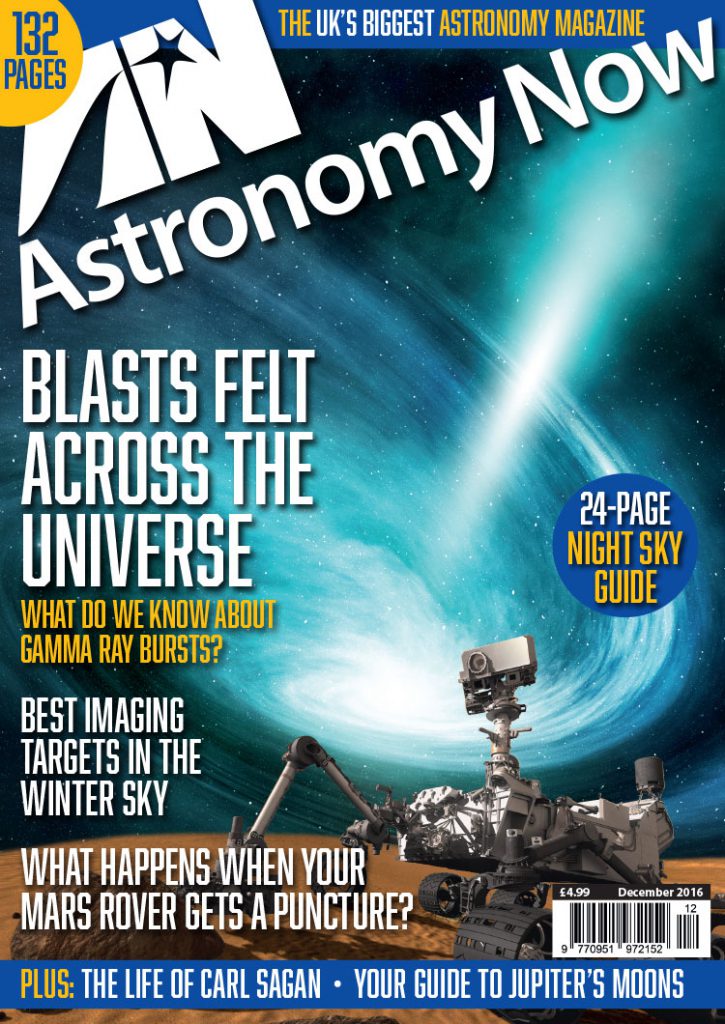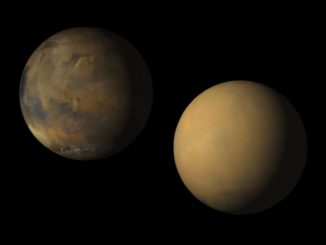
However, for the seventh and final time this year, the Moon does pass in front of Neptune, the outermost planet, on Tuesday 6 December. Weather permitting, this occultation will be seen over a swathe of the Western Hemisphere including the northeastern USA, eastern Canada, Greenland, Iceland and the western British Isles.
As seen from Reykjavik in Iceland, Neptune starts to disappear at 22:14:33 GMT, the planet’s 2.3-arcsecond-wide disc taking about 4 seconds of time to be fully occulted. Neptune lies just 9 degrees high in the southwest at the time. In the Greenland capital of Nuuk, Neptune is occulted by the Moon at 6:59pm WGT when the Moon and planet are 16 degrees high in the southern sky.
In New York, NY the Sun is still above the horizon as Neptune is occulted, but the planet reappears at the Moon’s bright limb close to 5:30pm EST. In Boston, MA, Neptune’s reappearance occurs close to 5:36pm EST.
Inside the magazine
For a comprehensive guide to observing all that is happening in this month’s sky, tailored to Western Europe, North America and Australasia, obtain a copy of the December 2016 edition of Astronomy Now.
Never miss an issue by subscribing to the UK’s biggest astronomy magazine. Also available for iPad/iPhone and Android devices.




